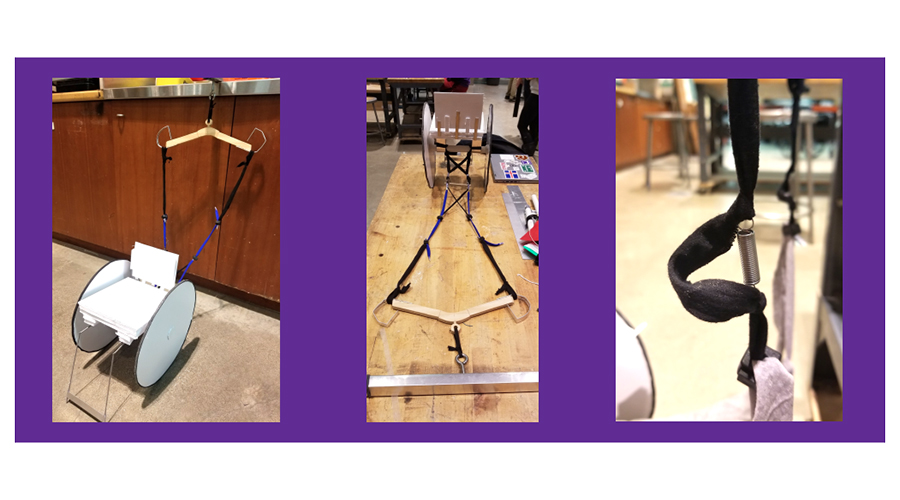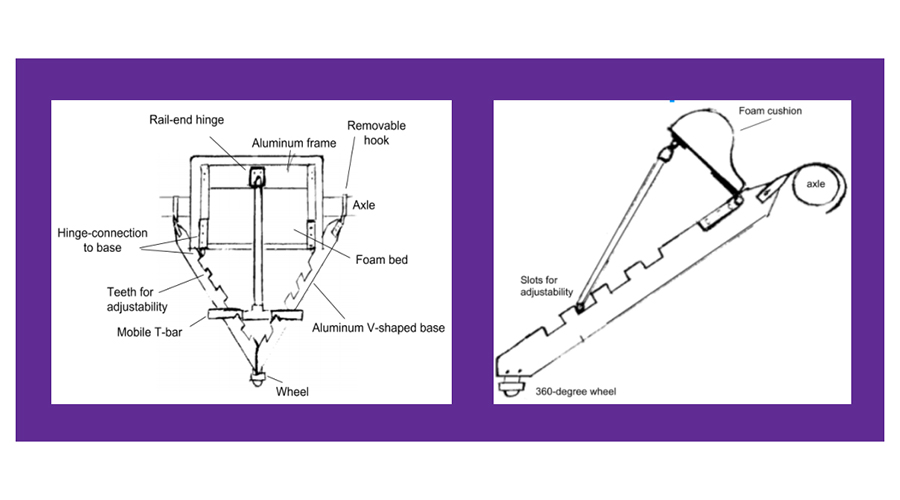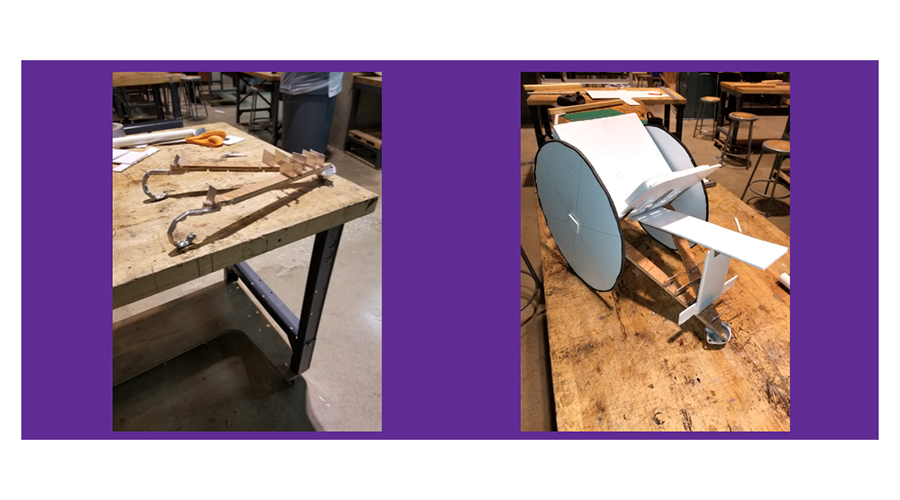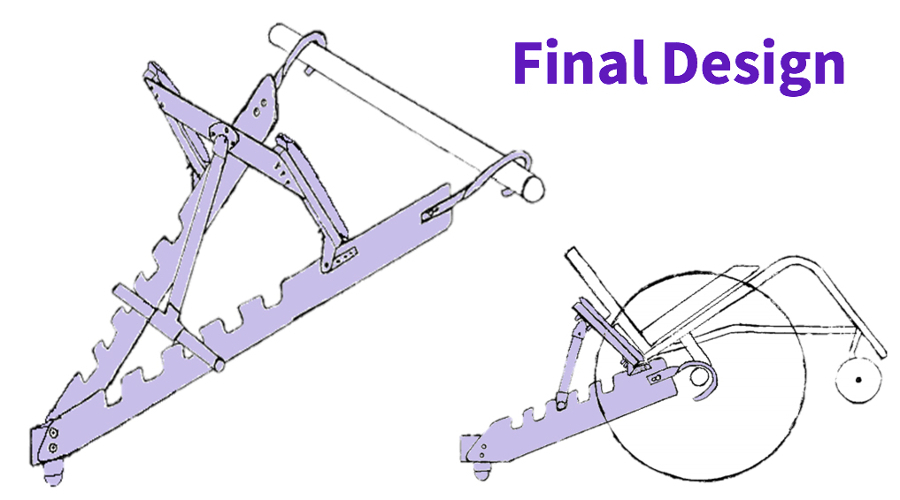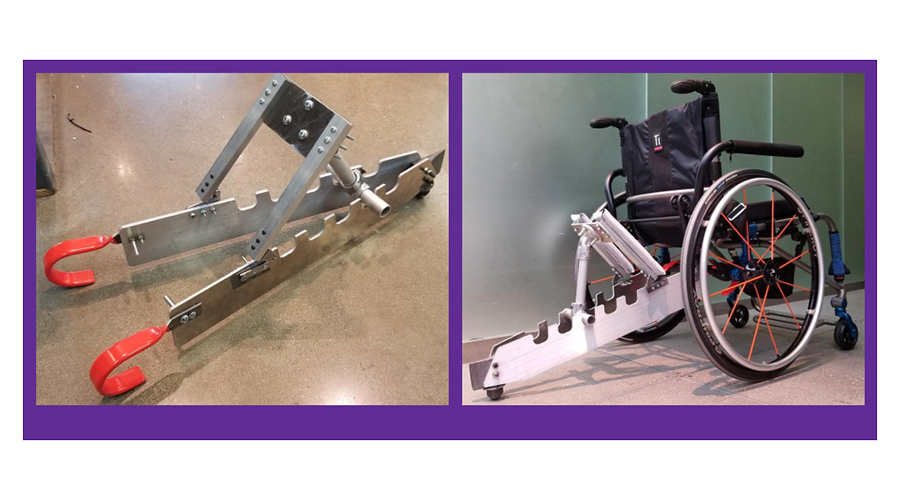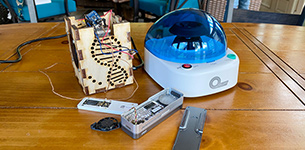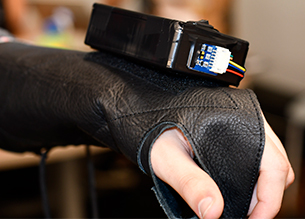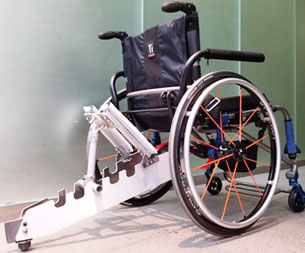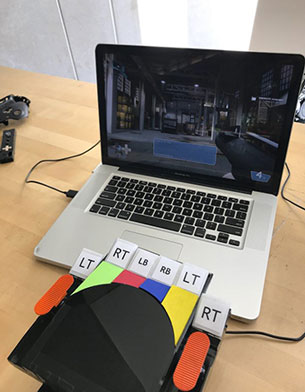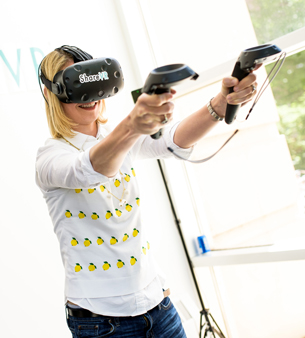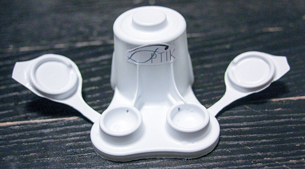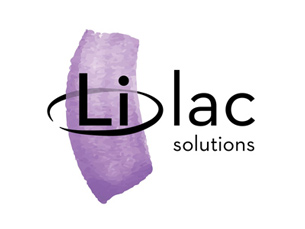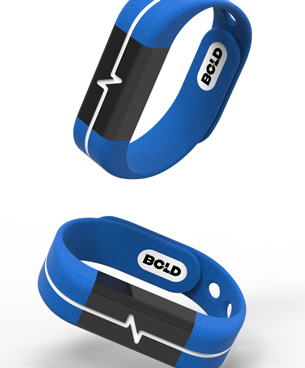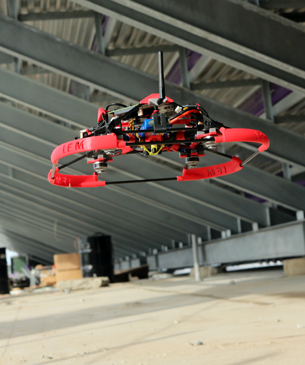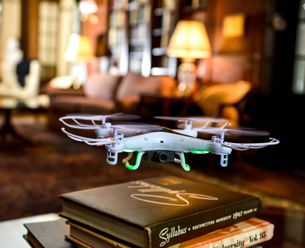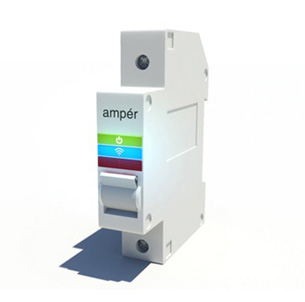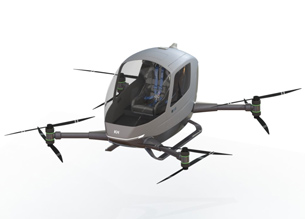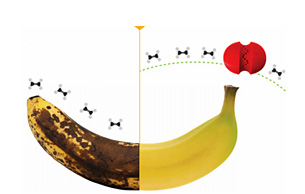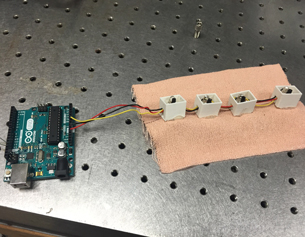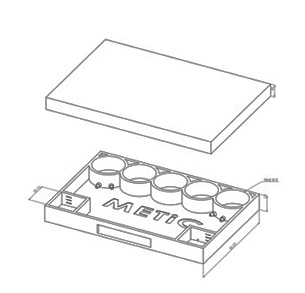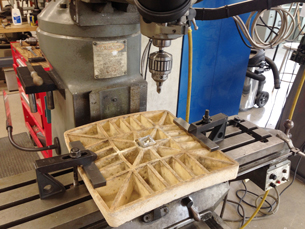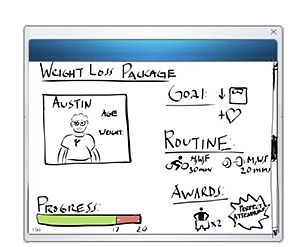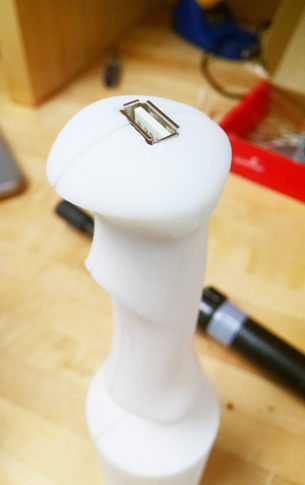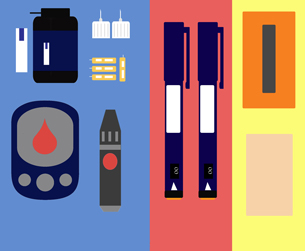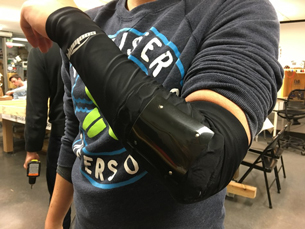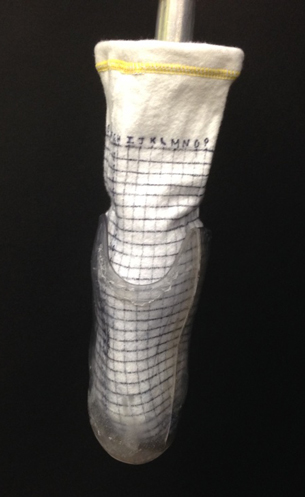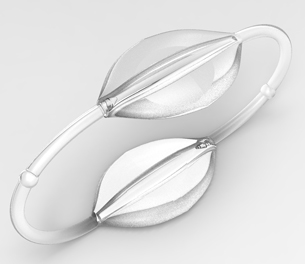The Alligator TailAn attachment to help people learn crucial wheelchair skills safely
In the United States, over 130,000 people have paraplegia and require the aid of wheelchairs. To maximize independent mobility, people with paraplegia must participate in weeks of one-on-one physical therapy sessions during which they learn how to perform a stationary (or static) wheelie. This skill serves as a fundamental step towards performing dynamic wheelies, which allow people with paraplegia to climb over steep curbs and navigate tight spaces.“What makes our team most proud is the very real prospect that the Alligator Tail will have the opportunity to positively impact the way people with paraplegia can become independent wheelchair users. This achievement is what continues to motivate us as designers.”
Problem
Physical therapists at the Shirley Ryan AbilityLab carry out one-on-one wheelchair training sessions with patients who have paraplegia during which they teach the patients to perform certain skills, including a wheelie. With the current spotter strap used during wheelchair training, the physical therapist must be directly behind the patient as they perform wheelies and must be ready at all times to catch them with the strap and lift them back up. The weight of the falling wheelchair is often more than 150 lbs for a physical therapist to catch, which presents a risk of injury for both the physical therapist and the patient.
Amy Huckstep, a physical therapist for the Shirley Ryan AbilityLab, expressed concern that the current method used for wheelie training is inefficient due to the cost of one-on-one training and the risks that exist for both patients and therapists. As a partner with the course Design Thinking and Communication (DTC), she asked a team of students to design a solution that would be safer for both users and physical therapists, and that would allow a physical therapist to train multiple patients simultaneously.
Solution
Over the course of ten weeks, a team of five first-year Northwestern Engineering students developed The Alligator Tail, a V-shaped aluminum rail that hooks onto the axle of a wheelchair. The prototype consists of a cushioned bed made from foam-covered plastic and supported by a T-shaped crossbar connected via a hinge. The crossbar rests in teeth-like divots that have been cut into the rail, which allow users to easily adjust the angle of the bed. This bed catches the back of the wheelchair once the user has tipped past their point of balance. While the device is attached, the user will be safely caught if they tip back beyond their point of balance. The Alligator Tail sits on top of a ball and socket wheel which allows for 360 degrees of mobility with minimal drag.
"We really hope that this device can ultimately be used outside of physical therapy," said team member Elizabeth Petersen. "We are designing it to be something that can be easily installed by someone at home, like a family member or caregiver, in settings like a living room. Because some patients' insurance only covers a few sessions, it would be far more beneficial to patients to have a device [like The Alligator Tail] that they can use to practice wheelies at home so they can spend their PT sessions doing things that really require a physical therapist's attention."
Development Process
The students on the DTC team conducted research on the different types of wheelchairs used during wheelie training, the existing "spotter strap" solution, the users of their device, and the requirements their prototype must satisfy.
Next, the team conducted an initial client interview. The primary users of the device that the team had been asked to design include both patients with paraplegia at the Shirley Ryan AbilityLab who are learning how to use wheelchairs and physical therapists who assist these patients during training sessions. The team also conducted user observation at the Shirley Ryan AbilityLab following the client interview.
Back on Northwestern’s Evanston campus, the team engaged in stages of the iterative design process, developing ideas and creating mockups of a soft harness system, a rigid harness system, and spring anti-tippers. The team conducted user testing at the Shirley Ryan AbilityLab where they learned that patients with paraplegia can experience intense pain in their spinal region and thus would have difficulty performing wheelies during physical therapy if the device came into contact with or exerted pressure upon their back, neck, or shoulders.
With user experience as the team’s highest priority, the knowledge that patients would experience discomfort during training with the initial harness system idea caused the team to abandon that concept. Instead, the team developed the concept and mockups for what became The Alligator Tail. The team returned to the Shirley Ryan AbilityLab for the second round of user testing. Based on the positive user feedback, the team decided to proceed with assembling a working prototype in the Segal Prototyping and Fabrication Lab.
Current Status
The team has secured funding support from the Norman Fund through the Segal Design Institute in order to improve upon their prototype from DTC. With this financial support, the team has traveled to a satellite location of the Shirley Ryan AbilityLab to interview physical therapists and patients in order to incorporate more user feedback into their design process.
Faculty AdvisorAlex Birdwell, Kathleen Carmichael
ProgramDesign Thinking and Communication (DTC)


